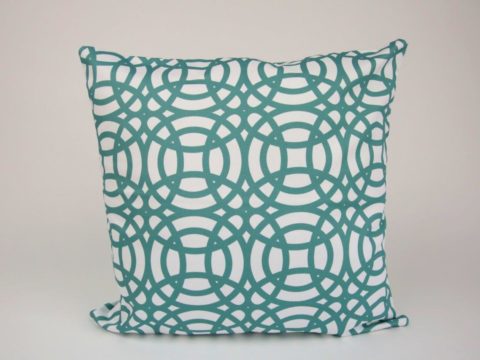Marguerite of Austria: Life Story
Chapter 5 : Duchess of Savoy
There was little chance that Marguerite, still only in her early twenties, would remain unmarried. On the death of Prince Arthur, Philip suggested a marriage for Marguerite with new heir to the English throne – the eleven-year-old Prince Henry, Duke of York. If Marguerite were too old, he might marry Philip’s daughter, Eleonora. But Philip’s plans were frustrated as Prince Henry became betrothed to the widowed Katharine.
The miserable marriage of Philip and Juana was a scandal throughout Christendom. Isabella hoped that Marguerite might help Juana, but the Spanish ambassador, Fuensalida, reported back to Spain that Marguerite followed her brother’s instructions in all things.
During this period, Marguerite spent much of her time with the Dowager-duchess of Burgundy, Margaret of York, or at the residence given to her at Le Quesnoy. Fuensalida thought that she stayed in La Quesnoy to avoid the spectacle of Philip and Juana’s quarrels.
A new husband would need to be found for Marguerite, and before long, Philibert, Duke of Savoy, was selected. Philibert was the same age as Marguerite, and his sister, Louise, had been one of the girls she had been brought up with in France. Savoy was an independent duchy within the Holy Roman Empire, in what is now the south-eastern corner of France, straddling the modern border with Italy.
During the reign of Philibert’s uncle, Amadeus IX, the duchess, Violante (Yolande), who was the sister of Louis XI of France, played a leading role in politics, and encouraged French influence, a closeness continued during the reign of their son, Charles I. Maximilian and Philip wished to drag Savoy back from the French embrace through Marguerite’s marriage, so when Philibert II (who had succeeded his cousin, Charles I) was widowed, the opportunity was not to be missed.
On 26th September 1501, the marriage treaty was signed. This time, Marguerite was to have a dowry – set at 300,000 crowns. Should she be widowed, she would have a dower of 12,000 crowns per annum.
In 1501, Marguerite, accompanied by the Dowager-duchess Margaret, travelled to Halle, where they made a pilgrimage to the shrine of the Virgin. From there, they moved to Mons, where Philip met them to bid his sister farewell and to give her an escort of nobles.
On 28th November, 1501 at Dôle, Marguerite was married to Philibert by proxy. His illegitimate half-brother, René, the Bastard of Savoy, playing the groom. He presented her with a heart-shaped diamond, surmounted with a great pearl, and a jewelled girdle. That evening, dressed in cloth-of-gold and crimson satin lay down on a bed, whilst René, still in his armour, lay beside her and touched her leg, for consummation.
At Geneva, two hundred and fifty of Philibert’s knights awaited her, to escort her to her husband. The couple were married on 4th December by the Bishop of San Giovanni de Morianna (St Jean of Maurienne), Louis de Gorrevod de Challand.
Marguerite may have met Philibert during her time at the French court, and that may have made her agreeable to the match – it certainly appears that they were happy together. Immediately after the wedding, they toured the principle towns of Savoy, including Chambéry, and Bourg-en-Bresse, arriving there on 5th August, 1502.
The inhabitants of Bourg, being short of cash, had borrowed money from the church of Nôtre Dame de Bourg to buy a suitable gift. The ducal couple were apparently presented with four dozen cheeses, large quantities of wine, and twelve pots of jam. Marguerite, wearing her ducal coronet, was mounted on a palfrey, trapped with the arms of Burgundy. She herself was wearing crimson velvet, edged with the arms of Austria and Savoy. Marguerite and Philibert made their home at the chateau of Pont-de-Aîn, not far from Bourg.
Whilst Marguerite loved her husband, she was much less enamoured of her brother-in-law, René, although the root cause of her animosity is unclear. René had been born illegitimate, but had received letters of legitimation from Philibert and significant landholdings. Marguerite believed René to have too much power in Savoy, and persuaded Maximilian, as the overlord of Savoy, to revoke his legitimation, which resulted in the loss of the lands Philibert had given him. She also had him accused of extortion. René left Savoy for France, where he paid homage to Louis XII for the lands at Nice he held in right of his wife, Anne Lascaris, Countess of Tende.
Marguerite proved an energetic duchess, and encouraged the influence of the empire within Savoy, rather than that of France. She persuaded Maximilian to grant temporal jurisdiction over the lands in the bishoprics and provinces of Savoy, Geneva, Piedmont and others. She also welcomed her brother Philip, on his return to Burgundy following a trip to Spain in 1503, when he and Juana were sworn in as heirs to Isabella.
Marguerite of Austria
Family Tree
